Knowing how to clean a washing machine can really help you keep the washer running optimally at all times. Yes, when it comes to deep cleaning, the details are in the technique. For example, some modern front-load washers could require a totally different approach to cleaning than older machines.
DIY deep cleaning a couple of times a year using the cleaning cycle could really help prolong the life of your machine. As a matter of fact, plenty of manufacturers would recommend cleaning your washing machine two times a year.
This guide will efficiently show you how to deep clean a washing machine. You can learn various cleaning methods for your top-load or front-load washers. All these methods include vinegar, baking soda, washing soda, and bleach, but also a washer cleaner. With just a little bit of effort, you can make your washing machine sparkle inside and out.
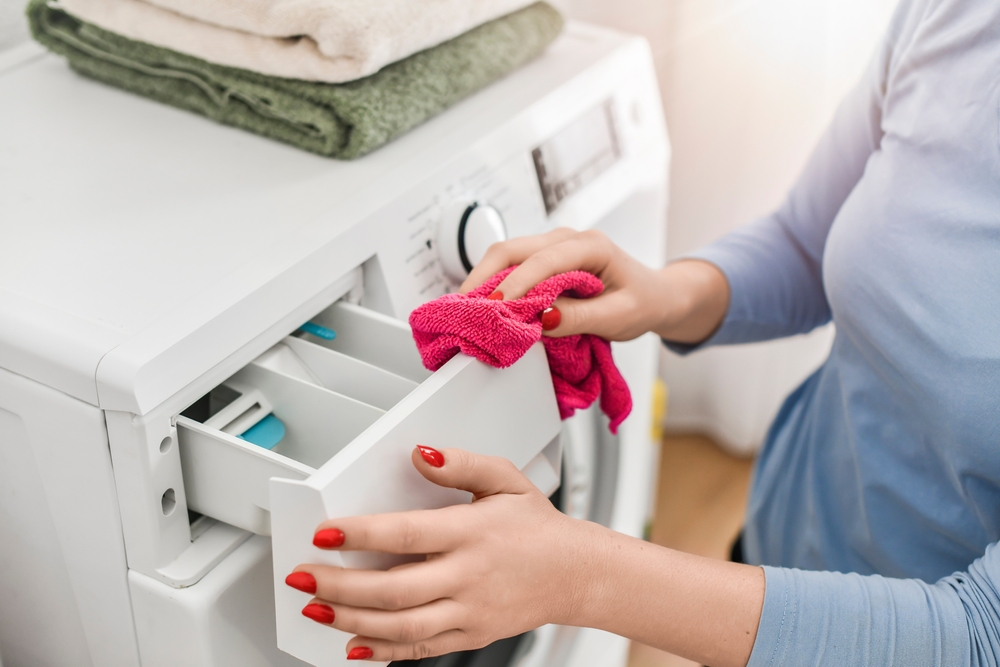
How do you deep clean a washing machine?
Cleaning your washing machine also means that your clothes will get dirt-free more efficiently. Even if your washer is using detergent every time you run a load, it’s still not cleaning itself. You might need to give it a deep cleaning.
There are a couple of options when it comes to deep cleaning a washing machine. They mainly depend on the type of washer you have and if you’re using a DIY cleaner or a pre-made washing machine cleaner. Luckily, none of the methods are labor-intensive. Let’s see which one would suit you best!
DIY washing machine cleaner
If you choose the DIY washing machine cleaner route, you have a couple of methods you might consider. Not all of these items are compatible with one another, so you might want to stick with one method all the way through.
Depending on what you have on hand, you could even use peroxide, bleach, baking soda, vinegar, and borax. We will carefully outline the steps for every single DIY cleaning method below. If you prefer a different solution, you can also use a pre-made washer cleaner instead.
These are generally commercial cleaning tablets that are sold specifically for washing machines. You can follow the manufacturer’s instructions if you use a washer cleaner. Also, you might want to remember this safety tip: never mix vinegar with bleach.
How to clean a front-load washer
Knowing how to clean a front-load washer is very important. Due to their setup, they might be more prone to bad smells than top-load washers. It’s so easy for water to pool in tight spaces and start to grow mildew or even mold! Cleaning your washer might help flush out all that unwanted growth and odor. Here are a couple of tips that might come in handy:
- Clean the washing machine tub.
- While the tub is soaking, clean and soak your detergent trays, drawers, and removable parts.
- Wipe down the outside of the washer.
- As soon as the cleaner load finishes, scrub the door gasket with an old toothbrush. Then, wipe it down with your choice of vinegar or bleach.
- Properly clean the filter.
- Finish cleaning off your soaking detergent trays and parts.
- Wipe the inside of the tub and the door with a proper microfiber cloth.
- Give the entire washer another once-over with the cloth.
- If you can, prop the door open to make sure everything dries as it should.
How to clean a top-load washer
Cleaning the top-load washing machine is definitely easier than a side- or front-load one. It’s also easier to let a cleaning solution soak in this particular type of washer. Here are some things that might be helpful for cleaning a top-load washing machine:
- First, you need to take care of the washer tub.
- As the tub is soaking, clean and soak your detergent trays, drawers, and all the other removable parts. Depending on the washer’s age, you might not have too many removable parts at your disposal.
- Wipe down the outside of the washing machine.
- As soon as the cleaner load finishes, clean the parts beneath the tub surround. Then, wipe it down with your choice of vinegar or bleach, but make sure you don’t mix them.
- Clean the filter and agitator.
- Finish cleaning off the detergent parts you soaked.
- Wipe the inside of the tub and the lid with a clean microfiber cloth.
- Swipe the entire washing machine again with the cloth.
- Prop the lid open to make sure everything dries as it should.
- Clean the washing machine tub.
If the goal is to have a spotless washer, you will start by cleaning the wash tub. This is also the easiest part to clean because it’s made to hold water. Plenty of washers have a clean cycle that’s made to help you clean the machine itself.
If not, just use the water temperature and load size as instructed below. You can also learn how to clean a washing machine with supplies you might already have around the house:
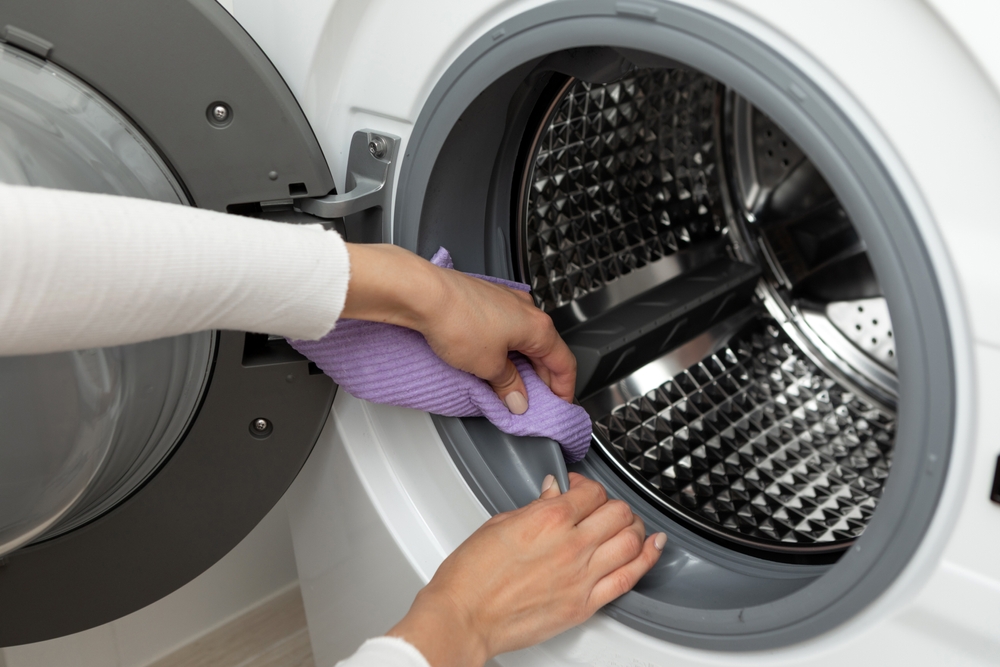
Cleaning a washing machine with bleach:
- Start with an empty, dry washer.
- Set the washer to a normal setting with a warm wash and rinse.
- Fill the detergent compartment with half a cup of bleach.
- Fill the bleach compartment all the way up.
run the washer;
Cleaning a washing machine with peroxide:
- Start with a dry and empty washer.
- Set your washer to the cleaning setting or the largest and hottest setting you have.
- Add 2 cups of hydrogen peroxide to the tub, then run the washer.
Cleaning a washing machine with vinegar and baking soda:
- Start with an empty and dry washing machine.
- Set the washer to the cleaning setting or the hottest or largest setting you can.
- As the washer starts agitating, stop the cycle.
- Let the vinegar soak for a minute.
- Add half a cup of baking soda, then turn on the agitator again.
- Stop the cycle and let everything soak for up to an hour. If you’re in a hurry, at least half an hour of soaking is what we want.run the washer until it finishes.
- If your washing machine isn’t as clean as you want, repeat the process.
Clean the washing machine door or lid.
If you have a front-load washing machine, you are probably aware of the fact that the door might get dirty. The rubber gasket around the door acts as a magnet for lint, hair, and debris. On a similar note, your top-load washer might also get hair and lint stuck in it, but it’s harder to see.
The indentations around the top of the washtub could catch debris, too. The lid could also get grimy. Fortunately, the door or lid is very easy to clean. Here’s a list of things you can do:
- dampen a clean microfiber cloth and clean the front and sides of the washer.
- Clean the top and underside of the lid.
- Clean under the inside lip of the lid because old soap and lint can easily get trapped there.
- If you’re worried about mold or mildew, you can use a mix of bleach and water. You can use vinegar and water instead, if you’d like.
- Scrub well with a microfiber cloth or even a paper towel, then rinse with some water.
- Wipe it dry.
If you found this article useful and you’re curious to read more, here’s what we recommend: 6 Organizing Trends That You Should Leave Behind Right Now



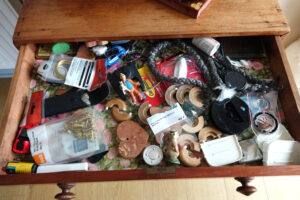

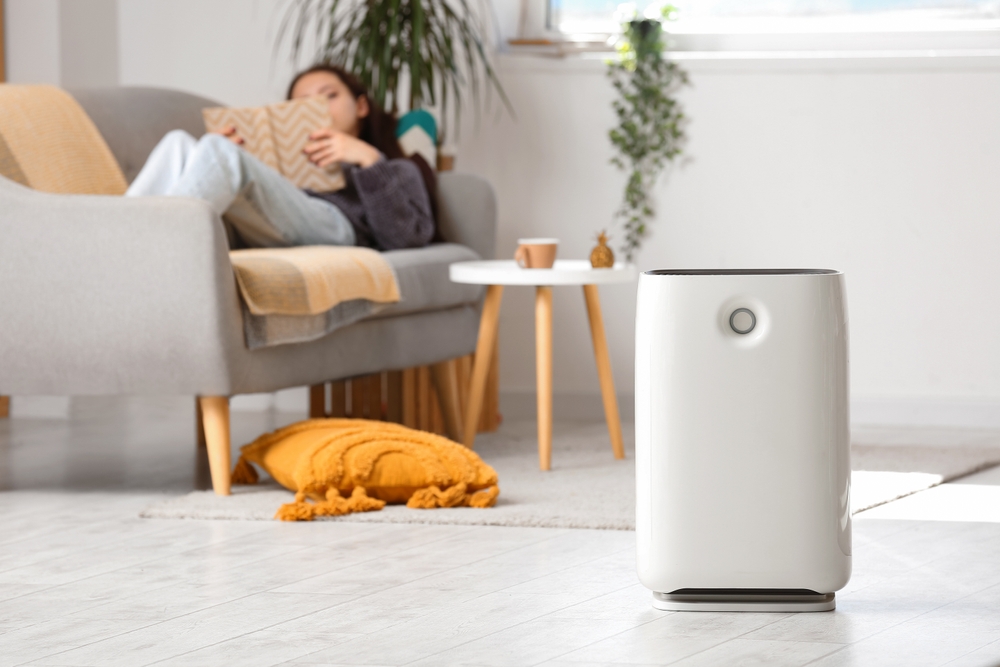
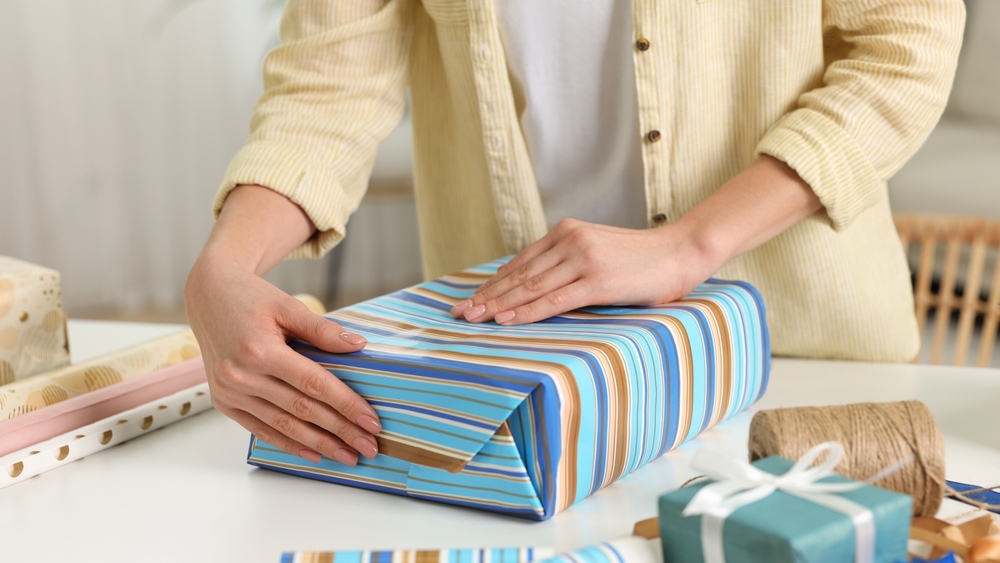
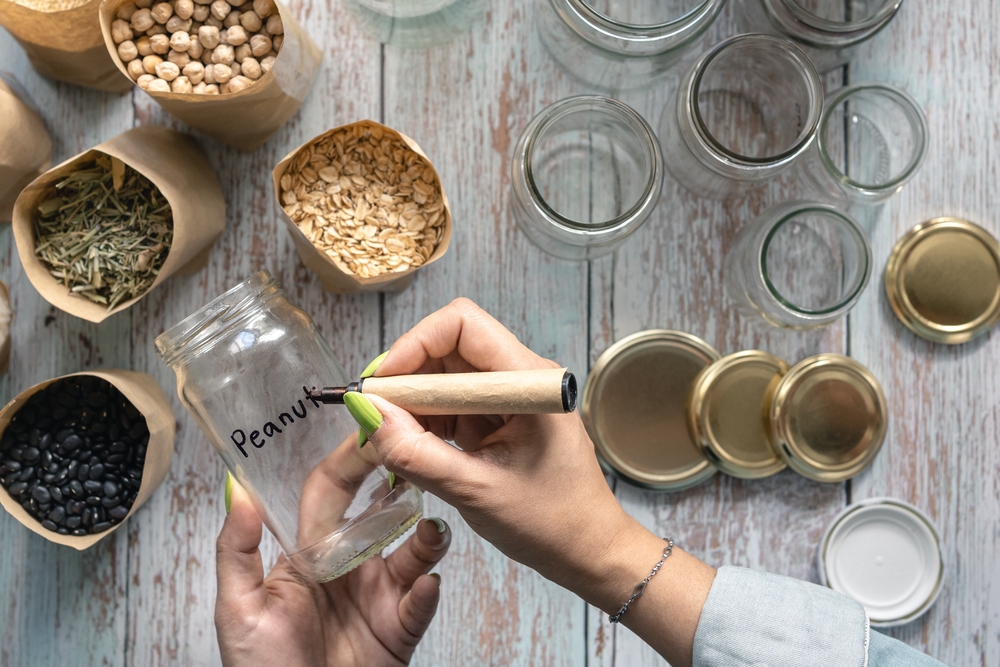

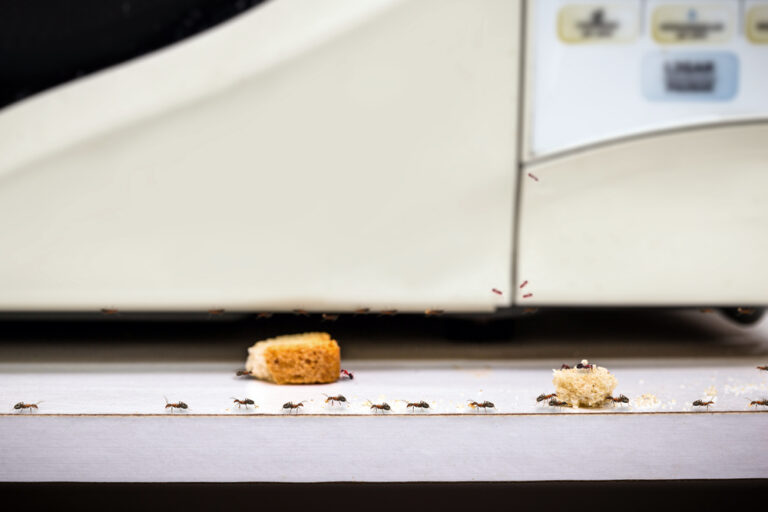

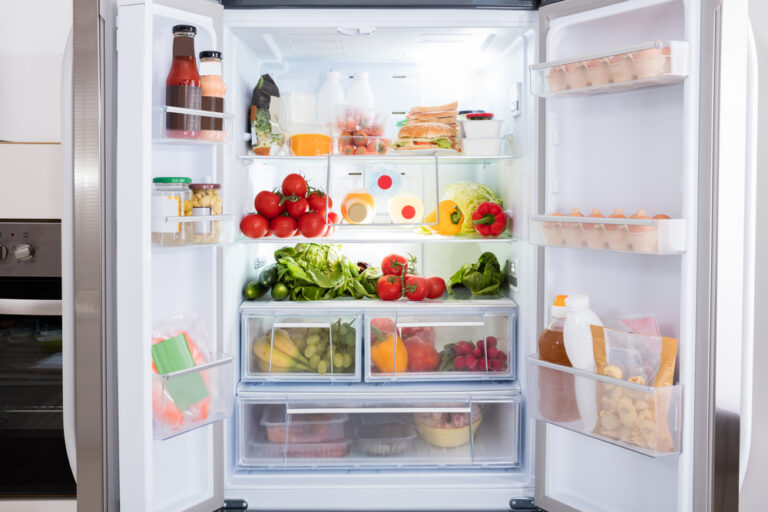
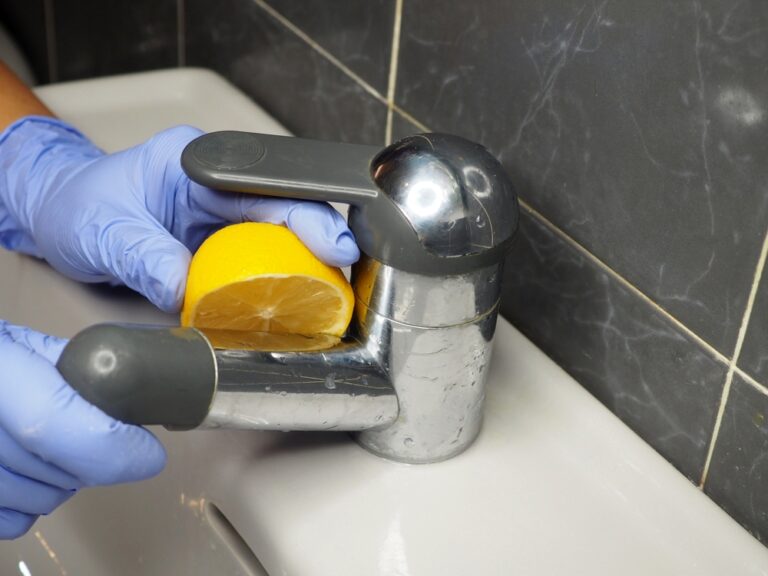
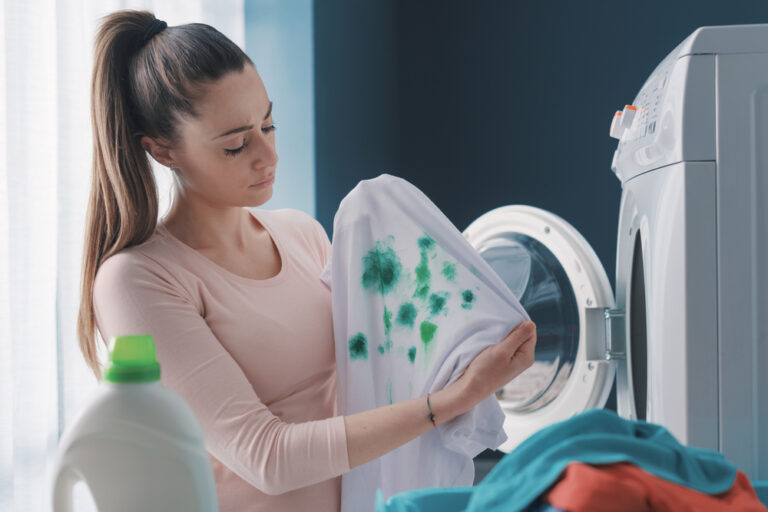
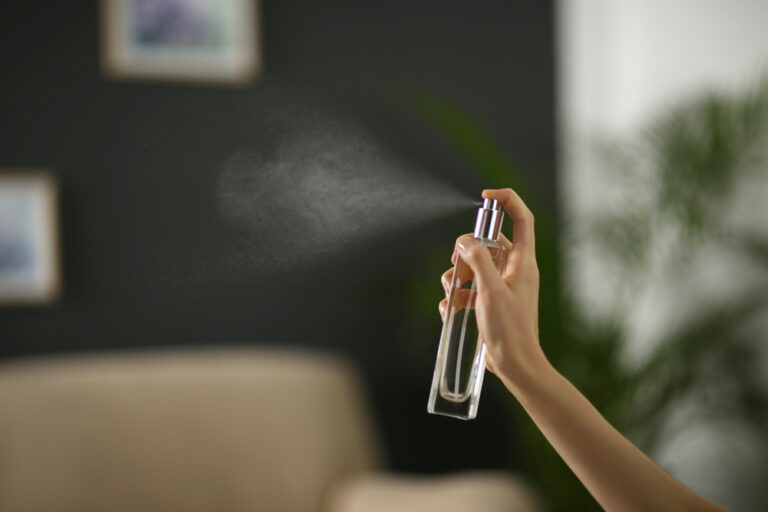


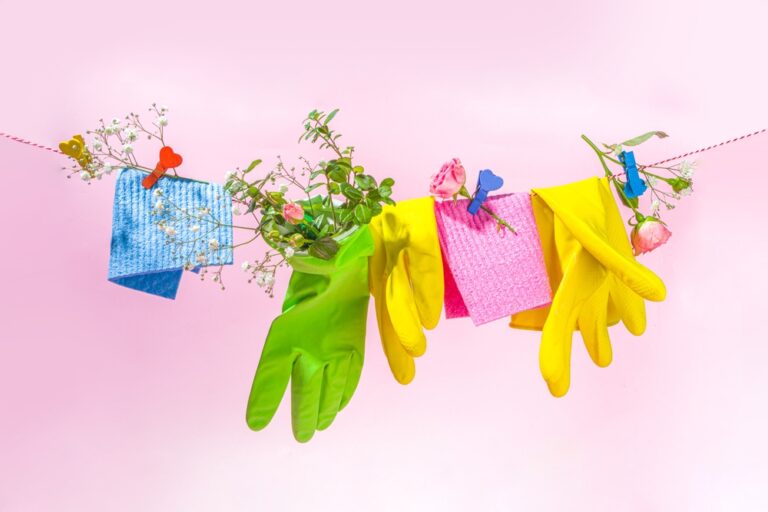
One Response
Love article.